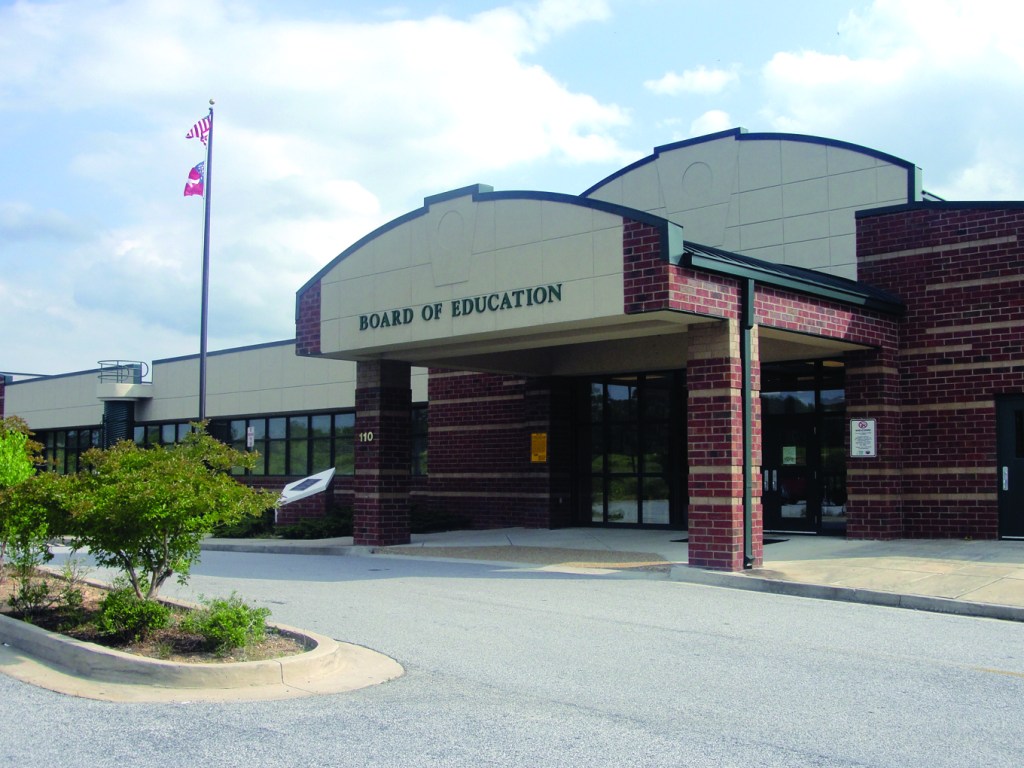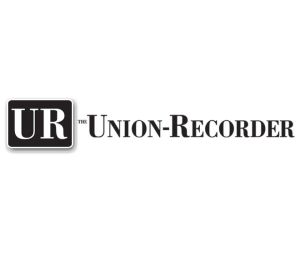BOE gives first budget approval
Published 11:58 am Tuesday, May 20, 2025

- Baldwin BOE
In the final time presenting a budget for retiring Superintendent Dr. Noris Price — and the first time for new financial director Katrina London — the Baldwin County Board of Education gave unanimous approval for the FY26 budget at the May 13 regularly-scheduled meeting. Now, the board will entertain public comment at two hearings set for May 22 and May 27 (5:30 p.m. for both at the BOE district office meeting room) before a final approval vote in June.
Former financial officer Samantha Jenkins was also at Tuesday’s meeting to help with the budget presentation prior to the approval vote.
Price first reiterated how the budgeting process works for Baldwin schools, a process that has been in place for her 11 years on the job. It is Modified Zero-Based Budgeting.
Trending
“Sometimes our principals or department heads have a really good reason why they need to have the money they budgeted the previous year though they didn’t spend it,” she said. “So we have to modify the process, and if they have a good rationale they support their recommendation. We meet with all of them and talk about what’s needed versus what you want. Then they must justify their expenditures. We have to make sure it’s aligned with our strategic plan.”
For projected general fund revenues, $30.04 million will come from state sources, or QBE. That will make up 56% of the revenues. Local sources will make up 41% or $21.64 million. The remaining 3%, or $1.4 million, will come from other sources such as $1 million in investment income. That’s a total of $53.11 million.
This is up from $49.55 million in FY25.
“I want to point out that the state allocation is coming in higher because of the increases in health insurance and TRS (Teachers Retirement System), so there are certain positions that the state provides us with those funds for the insurance and TRS,” said Price. “That is factored into the $30 million.”
It was $28.4 million in FY25.
TRS increased by $297,190 and health insurance for classified and certified employees total increased to $1.87 million.
Trending
In property ad valorem taxes, a major component of the local revenues, Jenkins said they are using an estimated roll back rate with last year’s figures. The millage rate was 12.4, and that brought in $19.6 million.
“I don’t think the state was prepared for the ramifications of HB581,” said Jenkins in response to a question about growth in the tax digest from board member John Jackson. HB581 is the homestead exemption bill that passed the state legislature last year but that the Baldwin school board opted out of. That is why Jenkins said they are using last year’s numbers as the state has not provided new forms yet.
She also reminded the board that only 40% of a property’s fair market value is subject to the millage rate for school taxes. She added that title ad valorem taxes are rising but it’s uncertain if that will continue. The same amount, $1.87 million, budgeted in FY25 is budgeted for FY26. Actual title ad valorem was $2.7 million in FY24.
Jenkins said to date only $1.3 million was collected for FY25, and that’s a big reason why they did not increase this line item.
Other items of note include $68,759 per school for safety grants ($412,554 total). London said costs increased in technology, transportation and special education services beyond what is funded by the state. Positions have been eliminated districtwide.
“Our budget is 85% personnel,” said Jenkins. “The other 15% is district support. Sixty-eight percent is instructional giving us a total budget of $58,427,137.”
Budgeted expenses were $58.34 million for FY25.
“I know the board requested that I look with our team at reducing our budget so it is more in line with our revenues,” said Price. “As you know the cost of doing business has increased after COVID. The increase in health insurance and TRS did not allow us to reduce the budget the way we anticipated. We were able to reduce it based on the positions we eliminated, but the cost of insurance took it right back up.”
FY25 figures — such as actual revenues and expenses — were not available as FY25 is still ongoing, but historically, actual revenues have come in higher than what was budgeted for any given fiscal year. For FY24, the school district budgeted $46 million but brought in $51 million. Actual expenses are often close to even with budgeted expenses; London said there was a $1 million difference in expenses in FY24.
“(In FY25) we budgeted $58 million, and right now we are at $42.6 [million], but we can’t give you the actual expenses now,” she said. “Historically, our budget to actual is spot-on.”
With greater revenues brought in than projected, that creates a fund balance, which Jenkins explained as a savings account.
“Our revenues are coming in higher than we budgeted and expenses are right where we budgeted,” she said. “So we don’t think we are going to use the full $8.9 million we had budgeted using out of our fund balance for FY25.”
Figures presented to the board show a total projected fund balance of more than $31 million.
“I want to reinforce the importance of investing in our students and our employees,” said Price. “I want to thank the board for staying focused on the main thing, the education of our students.”






